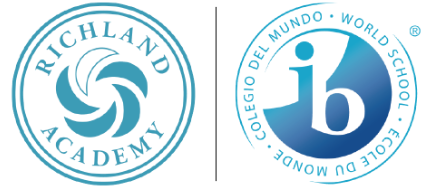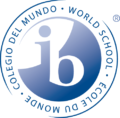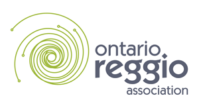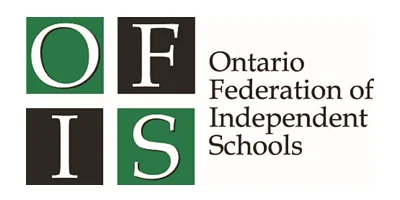Research has shown that self-assessments encourage children to build the skills to become independent, self-directed, life-long learners. Keeping in mind that self-assessment is not about asking students to grade themselves , but it is an engaging formative process where they compare their work to set criteria.
It will inspire them to take charge of their own learning and help them focus on what is required with the given task. It is a step-by-step process of gathering information about their learning, reflecting on how well they are learning and establishing the next steps to make improvements. The opportunity for students to revise their own work is essential as it is practical method which will help them identify their strengths and weakness through critical analysis.
In order for self-assessments to take their full-effect in the classroom:
- Clear criteria should be established in the learning environment
- Students should receive support and be taken through the self-assessment process
- Time should be set aside to provide students with opportunities to revise and improve
Some interesting approaches I look forward to implementing in the classroom are:
- Rubrics with student-friendly language
- Student-led conferences
- Group Self Evaluation Checklists
- Coloured Pencil Method
The Coloured Pencil Method will work a lot of magic with the Grade 6/7 students. It will provide them with clear, concrete evidence of whether they meet each criterion in a creative way.
- Students will work with a comfortable rubric with a number of set criteria (e.g. Ideas, Organization, Voice, Word Choice, Fluency and/or Convention) and the 4 levels of gradation.
- Using a different coloured pencil, they will be required to underline specific elements of the criteria on the rubric.
- With persuasive writing for instance, one of the requirements will be to “clearly state an opinion”
- Students will take the time to underline “clearly state an opinion” in red on their rubric.
- Students will then turn to their own draft, search for that evidence and underline their opinion in the same colour.
- They will then verify the clarity and strength of their opinion and use the margins to make notes/comments to come back to.
- Once they have gone through the entire rubric, time will be given to make the appropriate revisions.
It is important for students to have the understanding that if they are not at the level they wish to be, they are not done. Possibilities are endless and there is always room for improvement.











